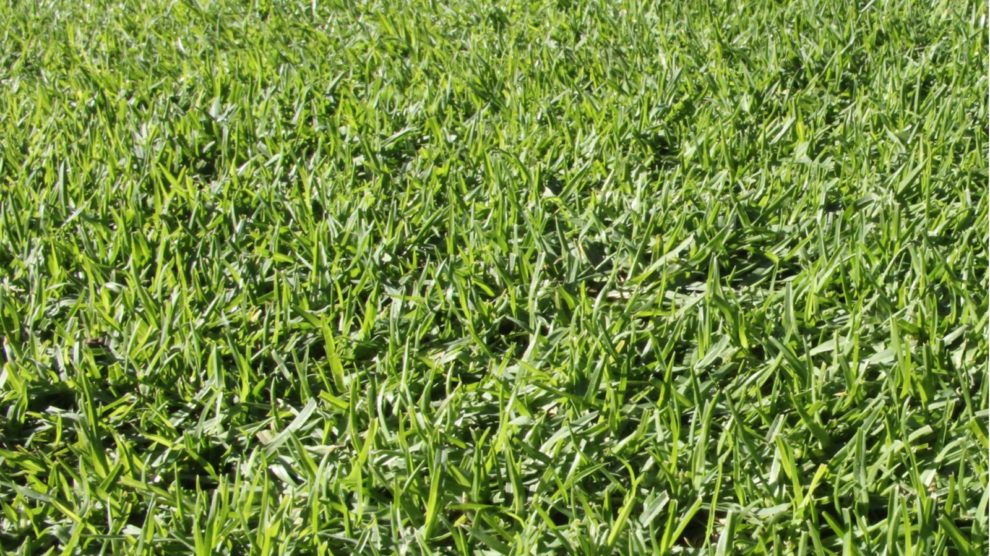You can't watch a golf tournament at Riviera Country Club and not hear about kikuyu grass. It's a reality for the viewer because Jim Nantz just can't enough of saying the word, but it's more importantly a reality for the members, grounds staff and player guests at Riviera Country Club.
However, kikuyu grass is more than just a fun term that's thrown around wistfully to sound smart. Its history is actually kind of interesting.
Kikuyu grass was originally found in Kenya in Africa, and it was brought to the United States by the federal Department of Agriculture in 1915. It was tested in California in 1916, and in the 1920s, California-based agricultural scientists had obtained a fair amount of the grass from South African counterparts. Kikuyu is named after a tribe in Kenya, representing the largest tribe in the country that now accounts for approximately 22 percent of the population. The Kikuyu tribe are the heart of the country's agriculture.
But why did Americans bring a grass thought of as a weed and a menace to the United States?
Well, kikuyu grass is perfect for the California climate, particularly in Southern California. Above all else, kikuyu needs almost constant sunshine to survive. It doesn't rain much in places like Los Angeles or San Diego (Torrey Pines has it, too), meaning kikuyu could provide ground cover and survive all year round in a low-humidity environment. Unlike Bermuda grass, kikuyu doesn't go completely dormant in the winter. The grass spreads aggressively and quickly, using its above- and below-ground stems to propagate, while seeding can also spread the grass.
Kikuyu works best on firm turf, ideally with some kind of sand base. Otherwise, the spongy nature of the grass and spongy soil could combine to be a disaster. That's not an issue at Riviera.
It appears kikuyu was brought to Riviera specifically for its polo field. Ultimately, the grass spread and invaded the golf course. But if you ask an agronomist or a grounds keeper, they'll tell you fighting a kikuyu invasion is a losing cause. It spreads far too easily, particularly when mowing it to a low height. That means embracing it, which the club eventually did.
As early as the 1995 PGA Championship, players were talking about the club fighting kikuyu and trying to keep rye grass as part of the mix during the February playing of the Nissan Open. By August, kikuyu dominated, no longer even partially dormant.
Some golfers really like playing off well-maintained kikuyu because it gives great lies on the fairway. However, it can create a variety of problems for golfers when it's used as rough. Players have been known to injury their hands and wrists trying to gouge a golf ball out of deep kikuyu rough.
There are also issues in trying to hit certain touch shots off kikuyu because the club and ball tend to get tangled in it. With the ball either laying up like it's on a tee or muffled deep in the stems, it's tough to play a bump-and-run style shot off the stuff.
Kikuyu is described as "Bermuda grass on steroids," and that means a player's view of it can also be dramatic, too. They can love the stuff, like Fred Couples, or come to hate it, particularly bentgrass lovers.

